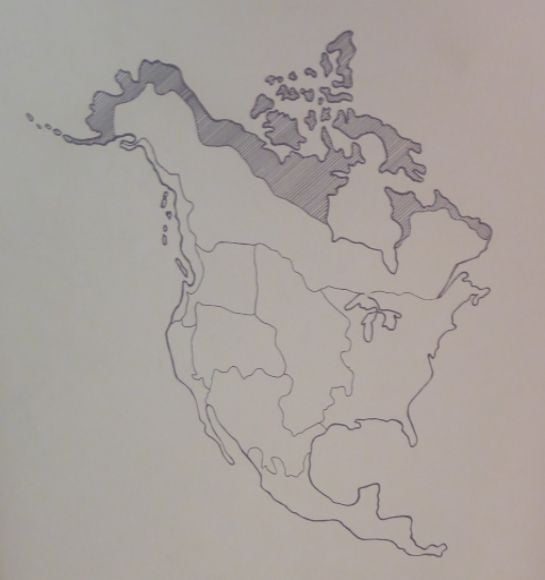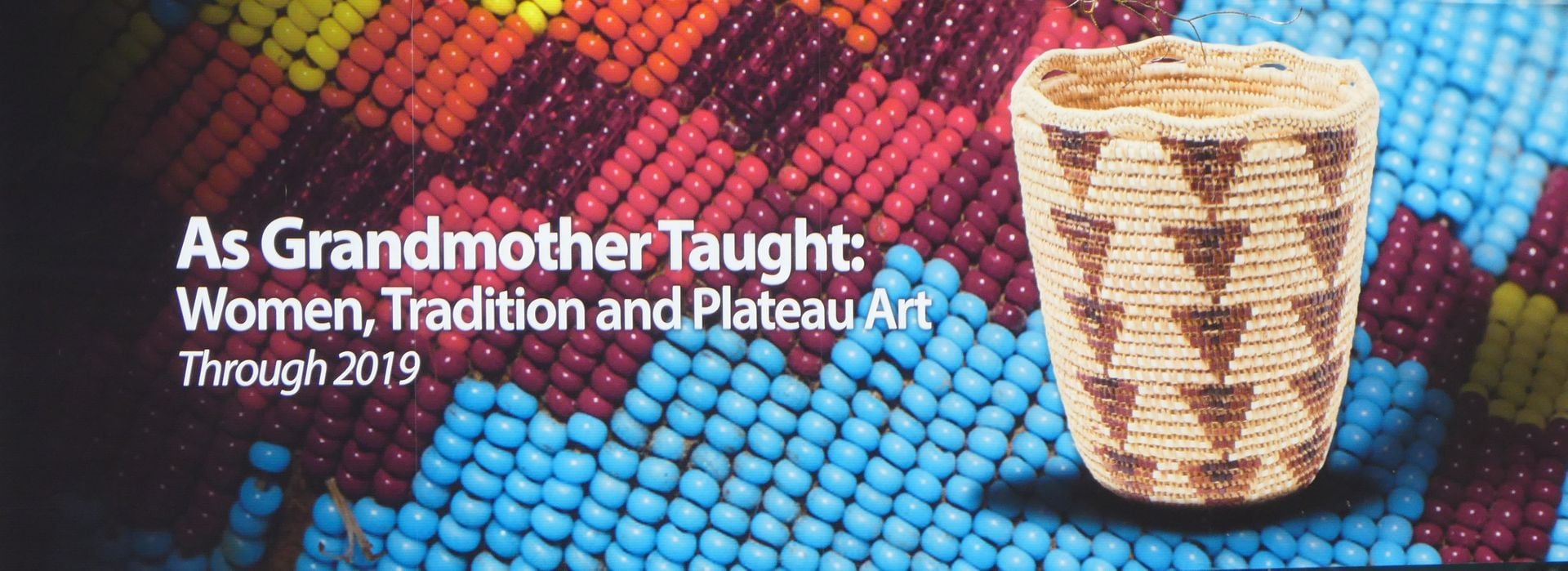Some old Indian photographs (photo diary)
Washington’s Sacajawea State Park is located at the confluence of the Snake and Columbia Rivers. In explaining the cultural and historical significance of this place, many historic photographs of Indians are on display in the park and in the Sacajawea Museum which is located in the park.
According to one display:
“The Wanapum, Yakama, Walulapum (Walla Walla), Umatilla, Palouse and Nez Perce have called this place home since time immemorial. The people thrived here, using an intimate knowledge of the land and cooperatively sharing the gifts of the earth.”
 Here a group of women are shown in front of a traditional mat lodge.
Here a group of women are shown in front of a traditional mat lodge.
According to the display:
“The extended family of Palouse, Wanapum and Yakama people lived in a communal mat lodge near the present site of Sacajawea State Park.”
 Shown above is a Wanapum village photographed in the 1940s. The village was located near the present-day Priest Rapids Dam.
Shown above is a Wanapum village photographed in the 1940s. The village was located near the present-day Priest Rapids Dam.  A Cayuse mother and child from about 1910 in a photograph by Edward Curtis.
A Cayuse mother and child from about 1910 in a photograph by Edward Curtis.  Drumming and singing are important in Native cultures. The Expedition was greeted here with drumming and singing.
Drumming and singing are important in Native cultures. The Expedition was greeted here with drumming and singing. 
 A Mandan woman tends her crops. The Mandans were a farming people who lived in villages along the Missouri River.
A Mandan woman tends her crops. The Mandans were a farming people who lived in villages along the Missouri River.  Shown above is a round hide boat known as a bull boat.
Shown above is a round hide boat known as a bull boat.  Shoshone Chief Tendoy is shown above.
Shoshone Chief Tendoy is shown above. 
 Shown above is Johnny Buck, a Wanapum leader.
Shown above is Johnny Buck, a Wanapum leader.  Shown above is Chief Bones, Palouse.
Shown above is Chief Bones, Palouse.  Shown above is Peopeo Maksmaks, Walulapum chief, 1905.
Shown above is Peopeo Maksmaks, Walulapum chief, 1905.  Shown above is a Nez Perce man, 1905.
Shown above is a Nez Perce man, 1905.  Shown above is Yakama leader Kamiakin in 1864.
Shown above is Yakama leader Kamiakin in 1864.  Shown above are some Umatilla men in 1900.
Shown above are some Umatilla men in 1900.  Fishing was an important economic activity. The Plateau cultures depended on salmon.
Fishing was an important economic activity. The Plateau cultures depended on salmon.  Shown above are Wanapum root gathers in the 1950s. They are celebrating the Spring Root Festival.
Shown above are Wanapum root gathers in the 1950s. They are celebrating the Spring Root Festival.
According to the display:
“Ceremonies of thanksgiving ensure earth’s continued bounty. In spring, the first gathering of plants and the return of salmon are reaffirmed through first food feasts. The people gather to celebrate this renewal and sing ritual songs thanking the salmon for giving its life to feed the people. Such ceremonies remind people that traditional laws must be observed.”
According to the display:
“Since time immemorial, Plateau people have recognized they share a common home with salmon. Tradition emphasizes the reciprocal relationship between the two. When people respect streams and rivers, salmon will return to spawn. This idea of stewardship is one all can embrace and helps protect our natural resources for future generations.”








